A man tests a set of radio frequency-triggered, color-changing light bulbs. A woman adjusts a small clock that looks like three electric sockets. Another man puts the finishing touches on a roach trap made from traditional paper cutting techniques to resemble the miniature houses used in ceremonies to comfort the spirits of the dead. These three were among several dozen designers putting the finishing touches on their displays for the second annual Taiwan Designers’ Week (台灣設計師週), which opened last Saturday and runs through Friday.
This year’s main exhibition is divided into eight sections at the Xinyi Public Assembly Hall (信義公民會館). There are also one exhibition section each at Taipei Artist Village (台北國際藝術村) and at the XueXue Institute (學學文創志業) in Neihu.
The all-volunteer event was initiated last year by Taiwan Designers’ Web (台灣設計師連線, TWDW), a network of designers from across the country, many of whom work as industrial designers making products for large business and feel their creativity is stifled at work.
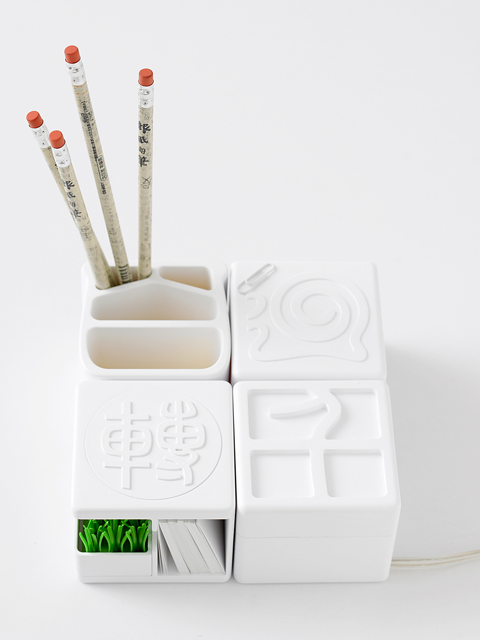
PHOTO COURTESY OF TAIWAN DESIGNERS’ WEB
With more than 250 participating groups and individual designers and 10 exhibition sections this year, compared to 100 entrants and seven sections last year, Taiwan Designers’ Week is clearly expanding. Last year’s fair only featured works by industrial and lifestyle product designers, but this year’s includes fashion and jewelry designers and film directors, as well as visual and graphic designers. Each of the 10 sections is curated by a loosely organized group and organized around concepts such as “On and Off,” “The Wall,” and “The Scholar’s Study.”
“Some [of this year’s] designs cost NT$100,000 or NT$300,000 [to make],” said Joyce Chou (周湘雲) the event’s executive director and a design researcher for Pega Design & Engineering. Many designers keep their participation a secret from their employers, she noted. Some took time off from work to prepare; others have bosses who would rather not see their employees’ energies divided between work and side projects.
One of last year’s products, a collection of benches created under the aegis of the design collective Dian Shin Refreshment (點心設計), received an iF product design award and has since been featured at the prestigious International Furniture Fair of Milan.

PHOTO COURTESY OF TAIWAN DESIGNERS’ WEB
This year, Dian Shin Refreshment (點心設計) has invited 50 designers to make stationary inspired by the aesthetics of China’s Song and Qing dynasties. The results include a pen holder-cum-sundial that also tells your fortune for the day, and a bookshelf that looks like a window frame from a pre-modern wooden house.
The On and Off concept was conceived of as an attempt to get participating designers thinking out of the box, as it were.
“We try to answer the question of whether or not we can escape from binary logic and create designs that are more in tune with the nuanced changes in human emotions and senses,” explained Harry Wu (吳佳勳), the On and Off section’s curator and a designer for Pega Design and Engineering.
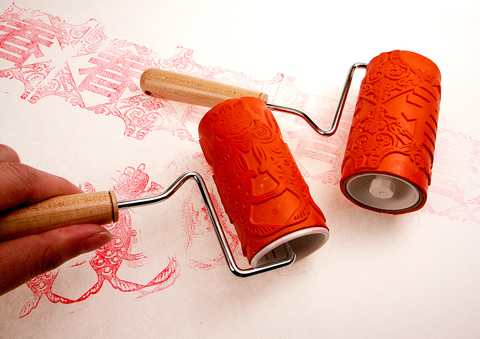
PHOTO COURTESY OF TAIWAN DESIGNERS’ WEB
Items in this section include Tech Tap, a faucet-shaped device that pours light instead of water into two “cups” and emits music that sounds like trickling water. The glasses are rigged with LED lights and “receive” the music and light as if they were tangible materials. Another interesting invention is a keyboard bearing the unintelligible characters of a “Martian language” (火星文). Visitors can type messages that are displayed on a monitor and can be printed out as a sticker.
The Wall section — the underlying concept of which was to get designers into the habit of thinking not in terms of discrete designs but relationships with space and the environment — includes a project titled Hang Up, which is a phone that only hangs up when it’s hung on a wall, and a selection of stickers that transform ugly cracks on a wall into works of art.
For exhibit curator Alan Huang (黃偉倫), Taiwan Designers’ Week offers a much-needed chance for local designers to develop their own individual identities.

PHOTO COURTESY OF TAIWAN DESIGNERS’ WEB
“The world of design needs stars — stars with strong personal viewpoints,” said Huang, adding that the design industry in Taiwan is still immature but will hopefully explode onto the international stage in the near future.
From July 7 to July 9, guided tours will be available for the eight sections at the Xinyi Public Assembly Hall. These include Xrange (十 一事務所), Asus and Opening United (打開聯合).
For those who want to take one of the designs home, several popular items from last year’s exhibition are available for purchases at 7-Eleven stores. For more information, go to the event’s bilingual site at www.designersweek.tw.
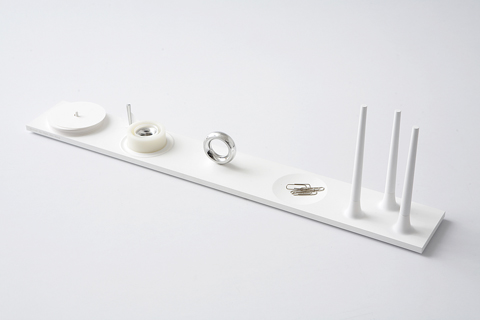
PHOTO COURTESY OF TAIWAN DESIGNERS’ WEB

PHOTO COURTESY OF TAIWAN DESIGNERS’ WEB
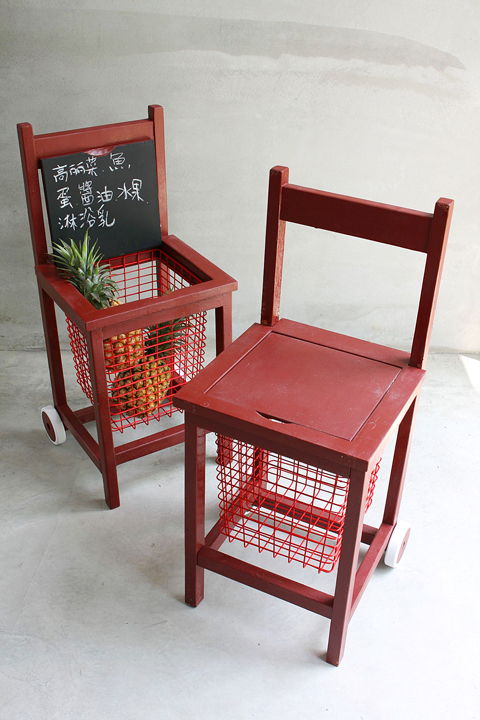
PHOTO COURTESY OF TAIWAN DESIGNERS’ WEB

The unexpected collapse of the recall campaigns is being viewed through many lenses, most of them skewed and self-absorbed. The international media unsurprisingly focuses on what they perceive as the message that Taiwanese voters were sending in the failure of the mass recall, especially to China, the US and to friendly Western nations. This made some sense prior to early last month. One of the main arguments used by recall campaigners for recalling Chinese Nationalist Party (KMT) lawmakers was that they were too pro-China, and by extension not to be trusted with defending the nation. Also by extension, that argument could be

Aug. 4 to Aug. 10 When Coca-Cola finally pushed its way into Taiwan’s market in 1968, it allegedly vowed to wipe out its major domestic rival Hey Song within five years. But Hey Song, which began as a manual operation in a family cow shed in 1925, had proven its resilience, surviving numerous setbacks — including the loss of autonomy and nearly all its assets due to the Japanese colonial government’s wartime economic policy. By the 1960s, Hey Song had risen to the top of Taiwan’s beverage industry. This success was driven not only by president Chang Wen-chi’s

Last week, on the heels of the recall election that turned out so badly for Taiwan, came the news that US President Donald Trump had blocked the transit of President William Lai (賴清德) through the US on his way to Latin America. A few days later the international media reported that in June a scheduled visit by Minister of National Defense Wellington Koo (顧立雄) for high level meetings was canceled by the US after China’s President Xi Jinping (習近平) asked Trump to curb US engagement with Taiwan during a June phone call. The cancellation of Lai’s transit was a gaudy
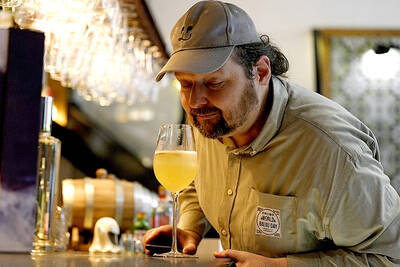
The centuries-old fiery Chinese spirit baijiu (白酒), long associated with business dinners, is being reshaped to appeal to younger generations as its makers adapt to changing times. Mostly distilled from sorghum, the clear but pungent liquor contains as much as 60 percent alcohol. It’s the usual choice for toasts of gan bei (乾杯), the Chinese expression for bottoms up, and raucous drinking games. “If you like to drink spirits and you’ve never had baijiu, it’s kind of like eating noodles but you’ve never had spaghetti,” said Jim Boyce, a Canadian writer and wine expert who founded World Baijiu Day a decade